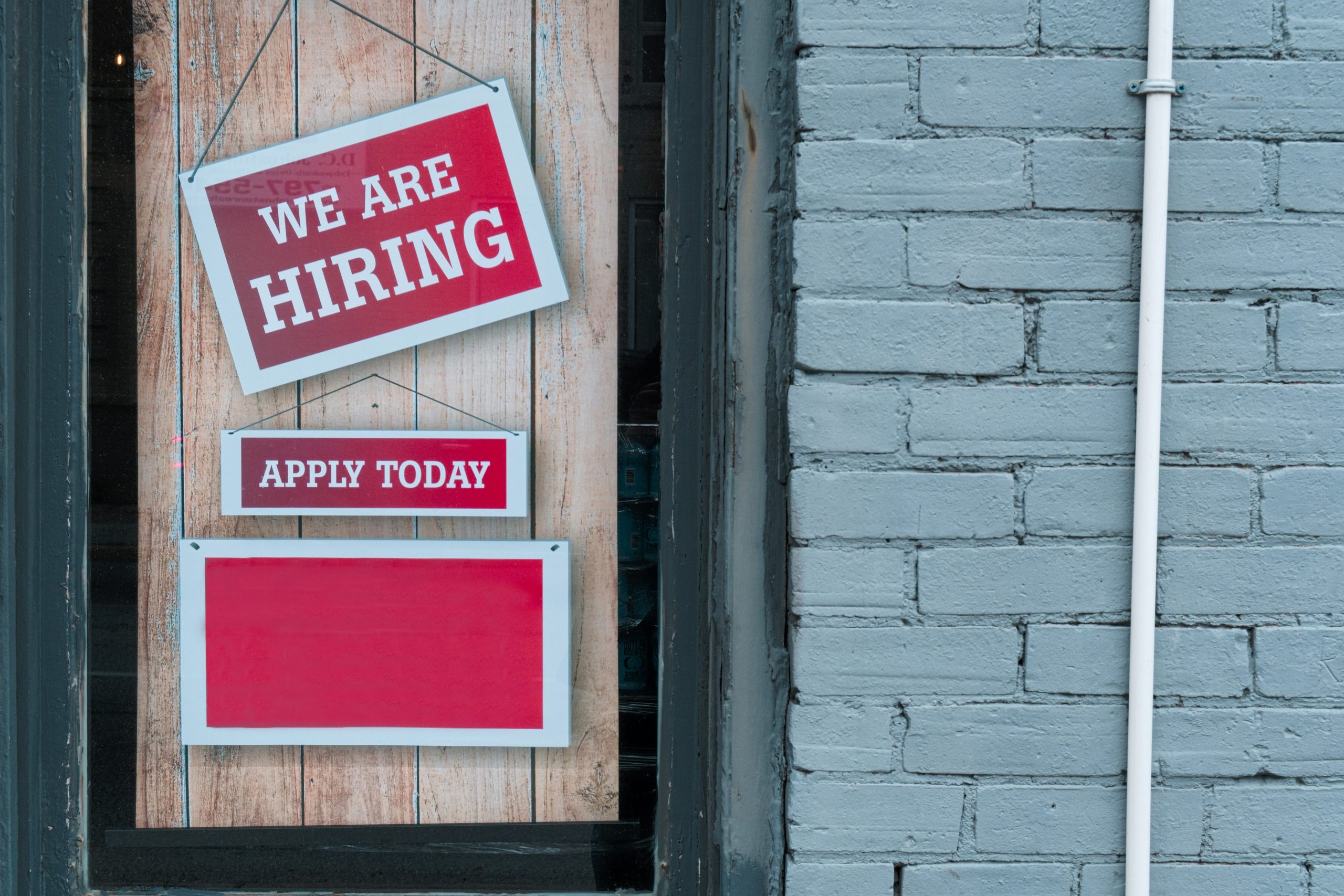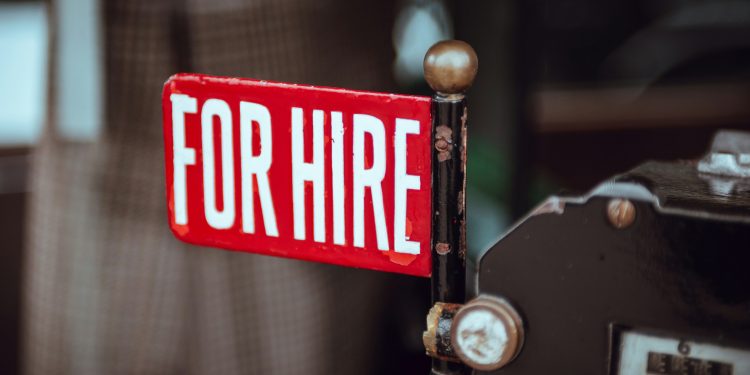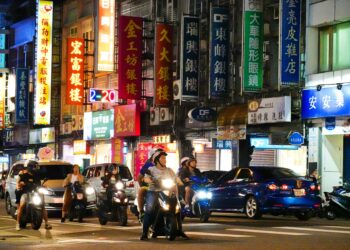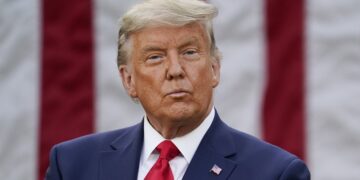The latest jobs report from the United States paints a troubling picture. Job growth is slowing, unemployment is rising, and signs are emerging that the labor market may be hitting stall speed. But beyond the numbers, the story tells us much about how policies, global events, and economic choices interact, and who pays the heaviest price.
The Numbers Behind the Alarm
August added just 22,000 jobs, far below expectations. Combined with revisions showing job losses in June, it becomes clear that the labor market is weakening. Wages are growing slightly, but hours worked are down, meaning many Americans are working more for less. The rise in unemployment to 4.3% is the highest in nearly four years.
Seen through one lens, this is a direct reflection of government policies. Tariffs on imports, immigration crackdowns, and public-sector firings have created uncertainty. Businesses are hesitant to hire, and the private sector is tightening belts. From this perspective, blame falls squarely on the decisions coming out of Washington, which appear to be choking economic growth.

Impact on Ordinary Americans
For workers, the numbers are not just statistics, they represent anxiety, stress, and insecurity. Many face longer periods of unemployment; the average duration of joblessness has now reached 24.5 weeks. Immigrants and temporary workers are hit hardest, as policy shifts leave them with fewer protections and less hope. Families feel the squeeze as opportunities decline and economic pressure rises.
The Policy Debate
Economists argue a Federal Reserve rate cut is likely, which could stimulate growth. But some warn that monetary fixes cannot fully undo the effects of structural economic choices, tariffs, trade uncertainty, and spending cuts. Businesses facing tariffs are slowing hiring in manufacturing and trade, leaving workers stuck in limbo. Healthcare and social assistance continue to add jobs, but growth is slowing even in these sectors.
From another perspective, the Fed and government are walking a fine line. Cutting rates too quickly risks inflation, while inaction risks a deeper slowdown. Policymakers face a challenge: how to revive growth without triggering new economic shocks.
Global Effects and Tinted Glasses
Viewed from a broader angle, the stalled labor market also reflects the impact of global pressures. Trade disputes, international supply chains, and past political decisions are all part of the picture. Just as tinted glasses distort vision, policies and narratives often obscure the true scale of the problem. Some leaders argue that past successes mask present weaknesses, while workers on the ground see the harsh reality every day.
The Hard Truth
The U.S. economy is no longer a runaway machine. Job growth is slow, unemployment is rising, and uncertainty is high. Ordinary people face the consequences, while debates over policy and blame dominate headlines. Without careful action, the stall in the labor market could deepen, leading to longer unemployment, weaker wages, and increased frustration among workers.
The lesson is clear: numbers tell one story, but human impact tells another. Policy decisions, global pressures, and business choices all interact, and for ordinary Americans, the results are real and immediate. The economy is fragile, and without careful management, the stall could turn into something far worse.















